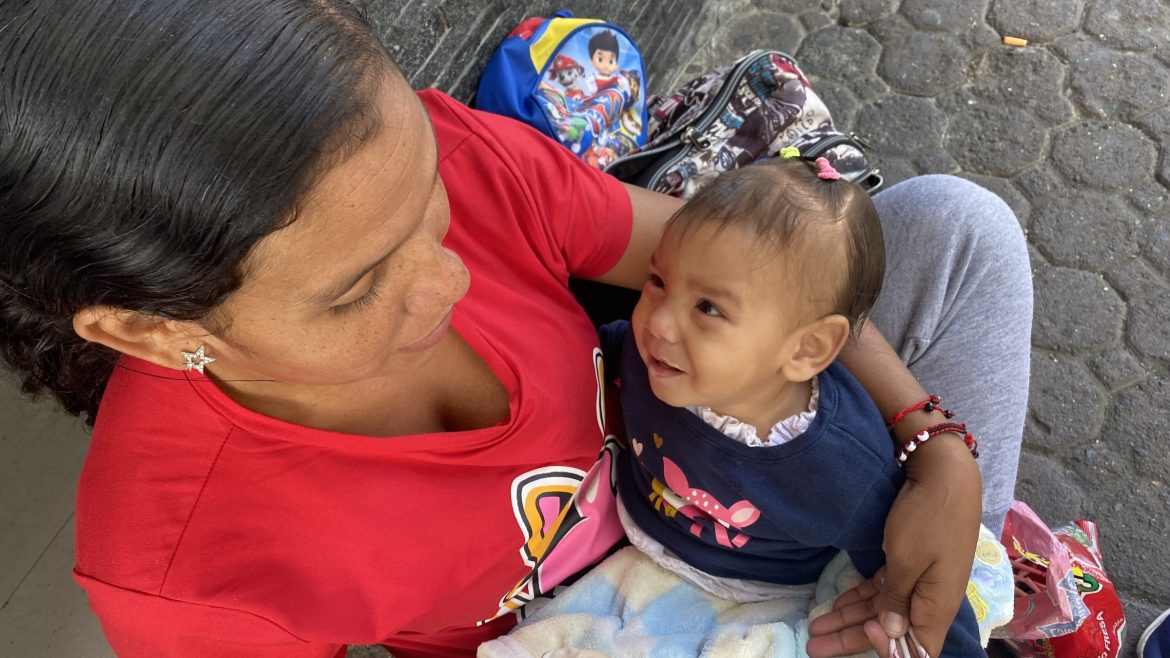Costa Rica, the Central American beacon of biodiversity and pura vida, finds itself at the crossroads of a significant demographic shift. Recently, President Carlos Alvarado Quesada noted that over one million migrants, comprising 20% of the nation’s population, call Costa Rica home. However, this figure conflicts with the Minister of Security’s report of 613,000 migrants. The President also highlighted the financial burden of over USD 300 million annually in servicing this demographic.
The Migrant Reality: A Tale of Two Numbers
The discrepancy between the President’s million and the Minister’s 613,000 migrants paints a complex picture of Costa Rica’s immigration landscape. While the actual number may be debatable, the impact of such a significant migrant population on Costa Rica’s socio-economic fabric is undeniable.
The Financial Conundrum: Balancing Budget and Humanity
Providing services to a large migrant population is no small feat. The estimated expenditure of USD 300 million reflects Costa Rica’s commitment to humanitarian assistance but also raises questions about sustainable resource allocation in a country known for its peaceful and progressive policies.
A Call for Order in Asylum System: Necessity or Stigma?
The President’s call for “putting order” in the asylum system, aimed at preventing exploitation, has sparked controversy. Critics argue that such rhetoric may fuel xenophobia and further stigmatize refugees and migrants, exacerbating their challenges in a new land.
Costa Rica: A Haven for Asylum Seekers
According to a report by an R4V partner, Costa Rica ranks third globally in receiving new individual asylum applications in 2022. This underscores the country’s role as a safe haven for those fleeing turmoil, especially from Nicaragua and Venezuela.
Safe Mobility Office (SMO) Initiative: A U.S. Collaboration
In a significant development, Costa Rica confirmed its participation in the U.S. Safe Mobility Office initiative. This program will allow eligible individuals from Nicaragua and Venezuela who arrived in Costa Rica before June 12, 2023, to travel safely and lawfully to the U.S., marking a pivotal step in international cooperation on migration.
Sheltering the Displaced: The Role of CATEM
Responding to the immediate needs of migrants, Costa Rica has operationalized the Temporary Care Centre for Migrants (CATEM Sur), offering shelter and services to those in transit, especially at the southern border with Panama.
Health Challenges: A Growing Concern
A visit by the Ministry of Health to CATEM revealed that migrants, particularly children, face health issues like gastroenteritis, respiratory problems, and joint pain. This highlights the need for enhanced medical services and health infrastructure to cater to this vulnerable group.
Deportation Dilemma: Rising Numbers
The Migration Authority reported a 50% increase in deportations in 2023 compared to 2022. Most deportees are Nicaraguan, followed by Colombians and Venezuelans, reflecting the intricate balance between humanitarian aid and immigration enforcement.
Digital Discourse: The Surge of Hate Speech
A United Nations study shed light on a worrying trend: a 50% increase in hate speech and discriminatory messages on social media in Costa Rica compared to the previous year. This data suggests a rising undercurrent of intolerance that needs urgent addressing to maintain Costa Rica’s image as a harmonious multicultural society.
Navigating the Future with Compassion and Pragmatism
As Costa Rica grapples with the dual challenges of accommodating a substantial migrant population and maintaining its socio-economic stability, the path forward requires a blend of compassion and pragmatism. Balancing humanitarian responsibilities with resource constraints, and fostering a culture of acceptance and integration, is crucial for Costa Rica to continue being a beacon of hope in a turbulent world.


1 comment
[…] Source link […]